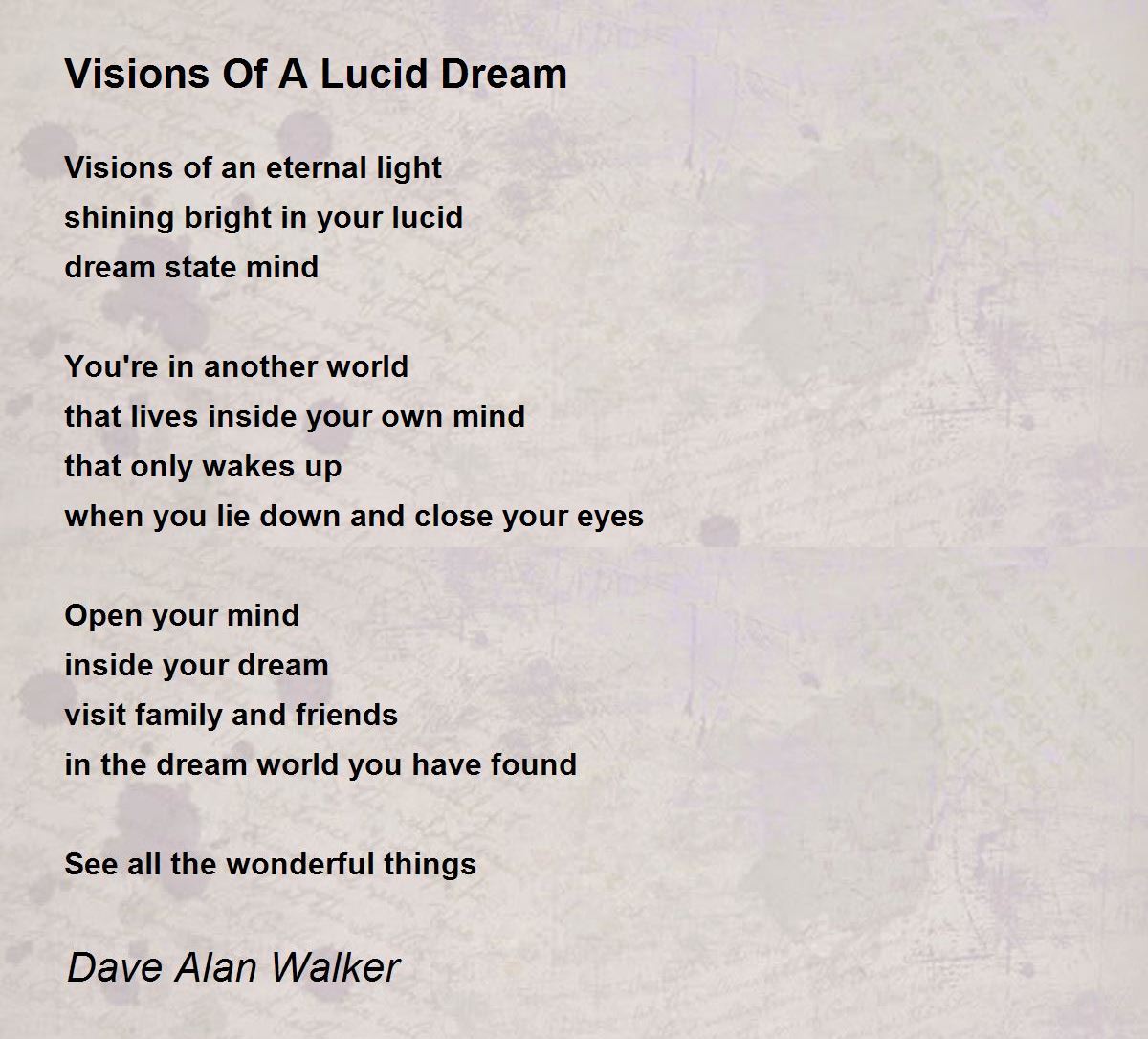
Poor sleep can then have a negative impact on your mental health and well-being. Such methods may help induce lucid dreams, but they can also play a role in reducing sleep duration and quality. The MILD technique, for example, is most effective if a person wakes up during the night, stays awake for approximately 30 to 120 minutes, and then falls back to sleep. Also, some of the methods used to help induce lucid dreams are centered on deliberately interrupting sleep. Sleep interruptions: Because lucid dreams can be so vivid and emotional, they have the potential to interrupt your sleep.The study also suggested that the techniques used to induce lucid dreams may also have potential long-term risks, including a higher risk for sleep problems, depression, and dissociation. One study found that people who have more intense lucid dreams also tend to experience increased symptoms of psychopathology. Negative mental health impacts: Some research suggests that lucid dreaming might actually have a negative connection to mental well-being.Getting used to doing reality testing while awake may help make it easier to do it while you are asleep. In a dream, however, your finger might simply pass through the wall. If you are not, the solid wall would stop your finger. For example, you might try pressing your finger against a wall to see if you are dreaming. Practice reality testing: This process involves doing checks while awake and asleep to determine if one is dreaming.

The technique relies on a form of memory known as prospective memory, or the ability to remember future events, to activate a lucid dream state.


Improve your sleep habits by following a consistent sleep schedule, avoiding electronics before bed, skipping heavy meals and caffeine later in the day, and maintaining a comfortable sleep environment.


 0 kommentar(er)
0 kommentar(er)
